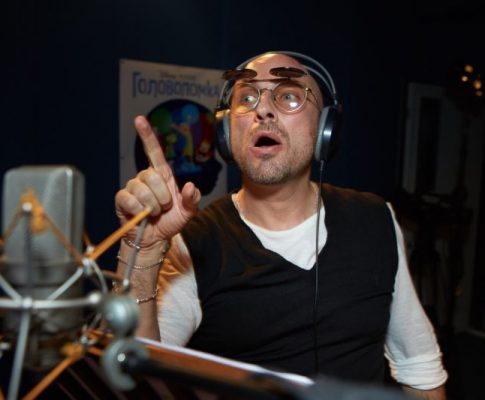Languages around the world face extinction. Experts estimate that over 3,000 languages are endangered. This means that in the coming decades, these languages may no longer have any living native speakers. Once the last speakers of a language pass away, that language becomes extinct.
Extinction happens because younger generations stop learning endangered languages. They switch to speaking more dominant languages like English, Spanish, and Mandarin Chinese instead. As a result, small minority languages can disappear within a couple generations. This language loss represents a huge cultural loss too.
With the development of artificial intelligence and machine translation technology, many rare languages are becoming more accessible for study, thus contributing to their preservation. For example, to translate English to Urdu is no longer a problem, you don’t need to find a native speaker to learn more about the language or to learn it.
Languages at risk include native or indigenous languages as well as some regional dialects. For example, the Klallam language in the U.S. state of Washington has less than a dozen fluent speakers left. The Nawat language in El Salvador also has few speakers, as younger generations shift to Spanish. These endangered languages contain rich cultural knowledge passed down through generations. If lost, this knowledge and oral history would be gone forever.
Efforts to Document and Revitalize
In response to the threat of language extinction, many efforts are underway to document endangered languages and help revitalize their use. Academics and community groups are racing to record native speakers while they still can.
Documenting a language involves making audio and video recordings as fluent elders interact in conversation. Linguists then study the recordings to understand the language’s sounds, vocabulary, grammar rules, and more. These language descriptions allow future learners to study and revive endangered languages.
In addition, language revitalization focuses on teaching endangered languages to new generations. This helps create new speakers and pass down traditional knowledge and culture. Strategies involve immersion school programs, language apps, master-apprentice pairings, language camps, and the creation of dictionaries and teaching materials.
For example, the Myaamia people in the U.S. have less than 200 remaining fluent speakers of their language. However, revitalization programs have now enabled over 500 tribe members to learn conversational Myaamia. This growing community of new speakers is vital for ensuring more children will learn it as their first language in the future.

Preserving Cultural Heritage
Languages represent the heritage and identities of cultural groups worldwide. The loss of any language is an immense cultural loss. Saved languages can reconnect younger generations back to their cultural roots and histories.
Indigenous leaders increasingly recognize language preservation as essential for cultural survival. Elders worry that losing their native tongue severs youth’s ties to tribal identity and ancestral wisdom. This heightens the urgency for language preservation efforts before the last fluent speakers are gone. Programs like Linguanex translator the rarest languages to prevent them from disappearing, making them accessible to everyone.
Ultimately, saving endangered languages is about more than just documenting words. It is about preserving cultural diversity in a changing world. It is about empowering marginalized groups to pass their knowledge and identities to future generations on their own terms. With dedicated efforts today, more endangered language communities can work towards a thriving future.



